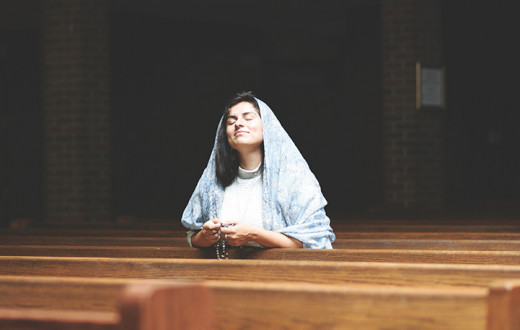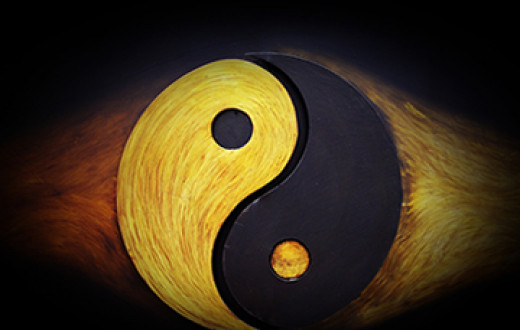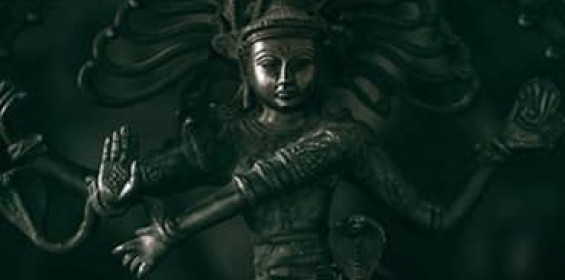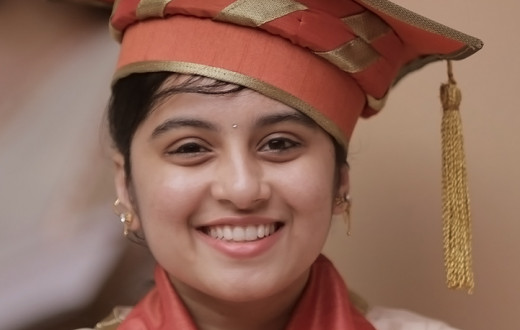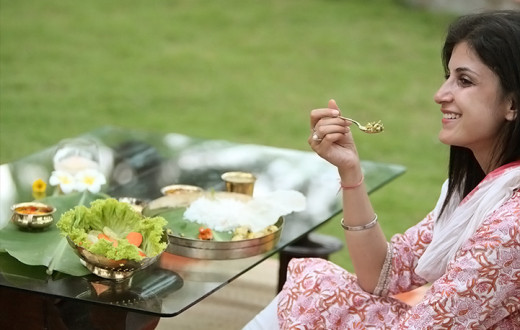While Shivaratri is observed every month, Mahashivaratri is celebrated once a year. In Sanskrit, ‘Mahashivaratri’ means the ‘Great Night of Lord Shiva’. Mahashivaratri is observed on the 14th day of ‘Krishna Paksha’ or the waning phase of the moon, in the ‘Phalgun’ month of the Indian calendar. It is equivalent to mid February to mid March month of the Gregorian calendar.
Many exotic stories around Mahashivaratri have been passed down by our ancestors, since generations. Here we go with some of the famous stories related to Mahashivaratri.
Origin of Linga
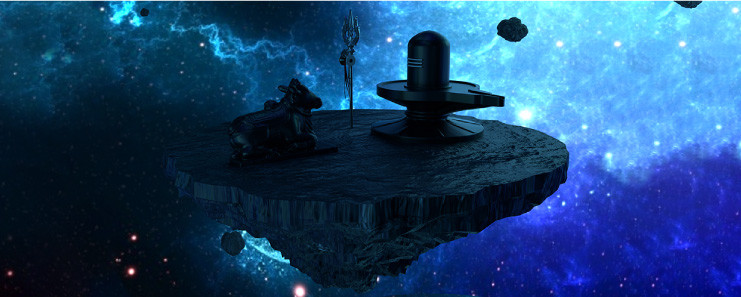
The origin of Shiva Linga is closely associated with Mahashivaratri. It is believed that once Lord Vishnu and Lord Brahma fought for supremacy. They hurled extremely powerful ‘Mahesvarastra’ and ‘Pashupatastra’ at each other. Anticipating complete destruction of the entire creation, the gods or Devta approached Lord Shiva. They requested Lord Shiva to stop the fight and save the creation. Lord Shiva manifested himself as a column of light with no end, between the two gods. He sucked in the terrible weapons hurled by Lord Vishnu and Lord Brahma and saved the creation.
Lord Brahma and Lord Vishnu now searched for the ‘Aadi’ (beginning) and ‘Anth’ (end) of this manifestation of Lord Shiva. They couldn’t fathom the divine reach, as the light column was found to be Ananth (infinite). This column of light is regarded as the first linga manifestation of Lord Shiva which happened on the 14th day of ‘Krishna Paksha’ of ‘Phalgun’, revered as Mahashivaratri.
“The supreme transcendental consciousness has no beginning, no end. It is pure bliss and has no base.” - Gurudev Sri Sri Ravi Shankar
Wedding of Lord Shiva and Goddess Parvati
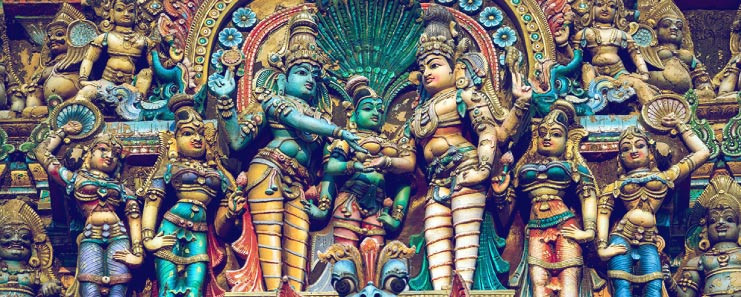
There is a temple in the Rudraprayag district of Uttarakhand namely Triyuginarayan temple where it is believed that Lord Shiva married Mata Parvati. In Sanskrit, ‘tri’ means three and ‘yug’ refers to an epoch spanning thousands of years, and Narayana is another name of Lord Vishnu. This temple is known as Triyugi as according to the popular belief, an ‘Akhand dhuni’ or a perpetual fire has been burning in this temple for the last three yugas. It is believed that the divine wedding took place before this ‘akhand dhuni’. Lord Vishnu performed his duties as the brother of the bride, Goddess Parvati, while Lord Brahma solemnised the wedding. And, this divine wedding took place on Mahashivaratri day.
Ananda Tandav

According to another legend, Mahashivaratri is the day when Lord Shiva performed the Ananda Tandav or the blissful dance.
“When one has access to mystical realms through deep sadhana and detachment to the material world, one is able to experience the Ananda Tandava. There are multiple dimensions of existence. One who has gained entry to the subtle realms of creation will find that the dance of Shiva is happening in a ceaseless continuum. This blissful dance of the cosmic rhythm can be enjoyed only after transcending the body, mind, intellect and ego complex.” - Gurudev Sri Sri Ravi Shankar
Samudra Manthan
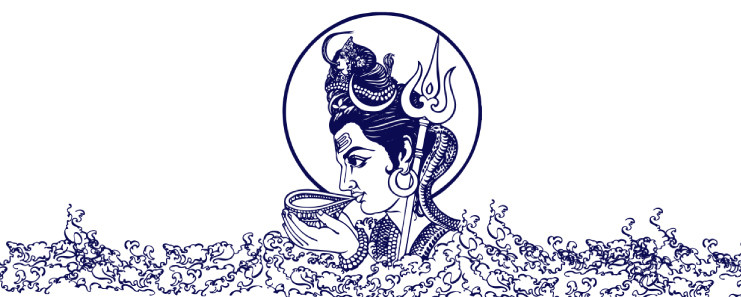
We are all aware of the legend of Samudra Manthan, the churning of the ocean by the gods and the demons. During the churning, many things appeared from the ocean, and eventually the nectar pot. Halahala or the poison also appeared, threatening to destroy the whole creation. Lord Shiva in his compassion drank the whole poison. Goddess Parvati had then pressed Lord Shiva's neck, so that the poison remained there. Thus Lord Shiva came to be known as Nilakanta, the blue-throated one. This act of Lord Shiva drinking poison and saving the creation, happened on Mahashivaratri, and reveals the immense compassion of Lord Shiva.
“Lord Shiva is also called neelkanth which signifies that when Mahadev drinks poison, it doesn’t reach his whole body. When there is a fight between right and wrong thoughts, a poison is generated. Shiva tattva has power to hold on to that poison. Even if you have to criticize, do it from your lips and not your heart.” -Gurudev Sri Sri Ravi Shankar
The Hunter & Bilva Leaves
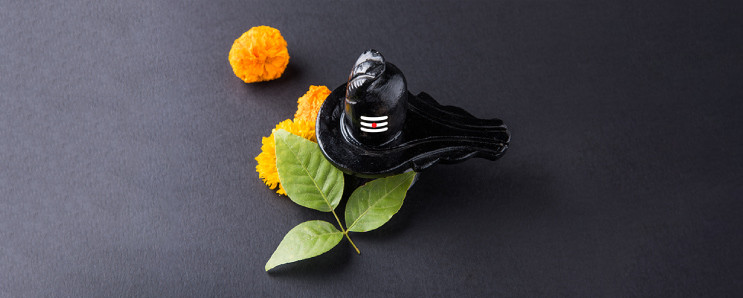
Once, a hungry lion was chasing a hunter who had killed many birds in the forest. The hunter climbed up a Bilva or Indian Bael tree to save his life. The lion waited under the tree for an entire night. In order to not fall asleep, the hunter kept on dropping Bilva leaves from the tree which eventually fell on a Shivalinga located underneath. Incidentally, it was the day of Mahashivaratri. Lord Shiva manifested before the hunter and asked him to leave this cruel trade forever. The Lord blessed him and absolved him of all his sins.
This story highlights the importance of worshipping Lord Shiva with Bilva leaves on the day of Mahashivaratri.
Mahashivaratri is observed by keeping fasts and performing yoga and ‘jagran’. The rituals put emphasis upon cleansing of body and mind. All the exotic stories around Mahashivaratri remind us of the simplicity, grace and benevolence of Lord Shiva. Join Mahashivratri celebration with Gurudev Sri Sri Ravi Shankar.
FAQ's on Exotic Stories of Mahashivaratri
To stop the fight between Lord Vishnu and Lord Brahma, Lord Shiva manifested himself as a column of light amidst them. He sucked in the terrible weapons hurled by Gods and saved the creation. The Gods couldn't find the beginning and end of the column. Since then, this day has reverence as Maha Shivaratri.
These stories remind us of the simplicity, grace, and benevolence of Lord Shiva. Read the article for more stories on Maha Shivaratri that are passed to us by our ancestors.
Maha Shivaratri is special. On this day, in the northern hemisphere, there is a natural upsurge of energies within all the lifeforms. This energy can be used only by those lifeforms who have straight spines . Being humans, we are fortunate to have such a vertical spine. Being awake and keeping the spine straight has immense spiritual and material significance. So we stay awake on Mahashivratri day - pray, chant, meditate and do puja to make it even more special.
On Maha Shivaratri night, the position of the constellations is considered very auspicious for deep meditation.
On Mahashivaratri, we honor the life and celebrate existence. On Maha Shivaratri, the natural upsurge of energies within all the lifeforms can be used only by those lifeforms who have their spines straight. Being humans, we are fortunate to have such a vertical spine. Being awake and keeping the spine straight has immense spiritual and material significance. So we stay awake and celebrate Mahashivratri - pray, chant, meditate and do puja.
The moon is connected with the mind. Full moon or close to new moon are congenial days for meditation. Meditating on Maha Shivaratri multiplies the benefits as the position of the constellations on the night of Mahashivratri is considered very auspicious for deep meditation.
We should not sleep, eat a lot or eat cereals during the Mahashivratri day and night. Do not waste your time doing anything other than meditation, chants, prayer, or worship of the shivlinga (linga puja).











